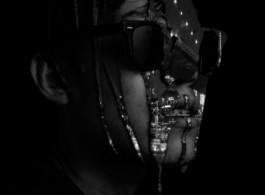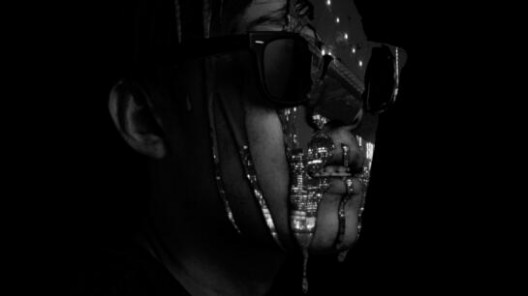“Cheng Ran solo show”
Galerie Urs Me
Galerie Urs Meile is pleased to announce the opening of Diary of a Madman, the latest exhibition by Cheng Ran (b. 1981 in Inner Mongolia, China). This exhibition can be seen as Cheng’s latest cinematic experiment in his quest to understand the essence of language & speech, Otherness, aspects of Psychogeography, and the relationship between time and the urban environment.
As part of a new generation of young Chinese artists, Cheng Ran and his peers face the challenge of defining and developing their individual artistic autonomy in an increasingly monopolized global environment. Perhaps this is why his generation is particularly interested in themes such as boundaries, differences, resistance and marginalization. As the artist has said, “When a boundary becomes blurred and opens up something new, that is what I look for in my work.” His artistic practice has followed this motto since.
Diary of a Madman is an ongoing project which began in 2016. It currently consists of three parts, each filmed in a different location, that have gradually come together to form the artist’s own “urban cantos.” The first part, Diary of a Madman – New York, was completed during a three-month residency in New York in 2016. This was followed by another residency Cheng undertook in Jerusalem in the same year—Diary of a Madman – Jerusalem is still a work-in-progress. In Hong Kong, the artist filmed and completed Diary of a Madman – Hong Kong in 2017, turning the existing project into a visual trilogy of a phantasmatic journey across three vastly different cultural spheres. The exhibition will showcase the two completed parts of the project, New York and Hong Kong, alongside elements of the Jerusalem segment. Cheng Ran has carefully divided the space and devised a meandering exhibition path to present the three segments of the main work, New York, Hong Kong and Jerusalem. In addition, the television painting DD-MM-YYYY serves as a preface, while a large wall mural of production photographs titled The Ear Bums, and several pieces of installation works bring the viewer through the pages of Cheng Ran’s diary in a powerful visual experience.
The title is a reference to the short story Diary of a Madman by Chinese writer Lu Xun (b. Zhejiang, China, 1881–1936). In a departure from Lu Xun’s story, Cheng is less interested in an explicit political message. By using complex cinematography expressed through his idiosyncratic ideas on memories, living space and language, his story conveys a mysteriously poetic sensation—one which lingers between the streets of Manhattan and the remnants of their shadows inside a disturbed mind that hums along to a strange tune… A profound sense of loss, alienation and madness run in the first person throughout the course of the New York segment. In the Hong Kong segment, the artist turned his focus to a Hong Kong without the shiny façade and myriad shopping complexes through the eyes of ‘Ma Ying’ (the Asian black kite, a common bird in the skies over Hong Kong) and ‘Tang Gou’ (a stray dog), two symbols of the city, poetically conveying the destinies of the city’s residents and their subtle, inextricable links to the true environment of this city. DD-MM-YYYY uses discordant forms, combining video, a television set and its mountings, graffitti, neon tubes and other readymade objects to convey a moment in a city’s history. In these two parts (New York and Hong Kong), Cheng freely deconstructs meaning and speech in their original setting by reversing the roles, thus presenting a complex lingual situation that resists ready definition. This situation seems unfathomable and absurd, but it is in such circumstances that we are forced to look at the nature of language and speech from a fresh viewpoint. And this is exactly what the artist would like us to understand in his work: through all the dilemmas and contradictions, within imagery fused with the demolition and reconstruction of words, Cheng opens up a profound space for contemplation of ‘otherness.’




